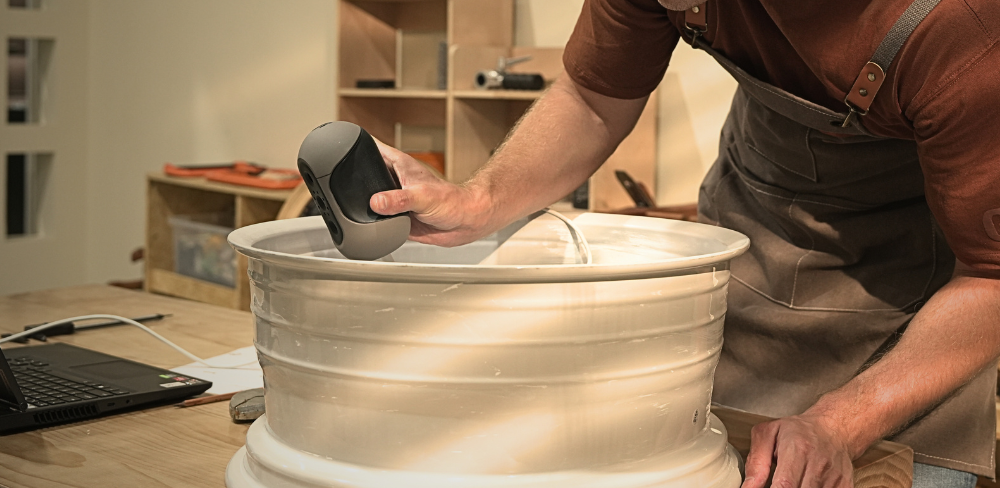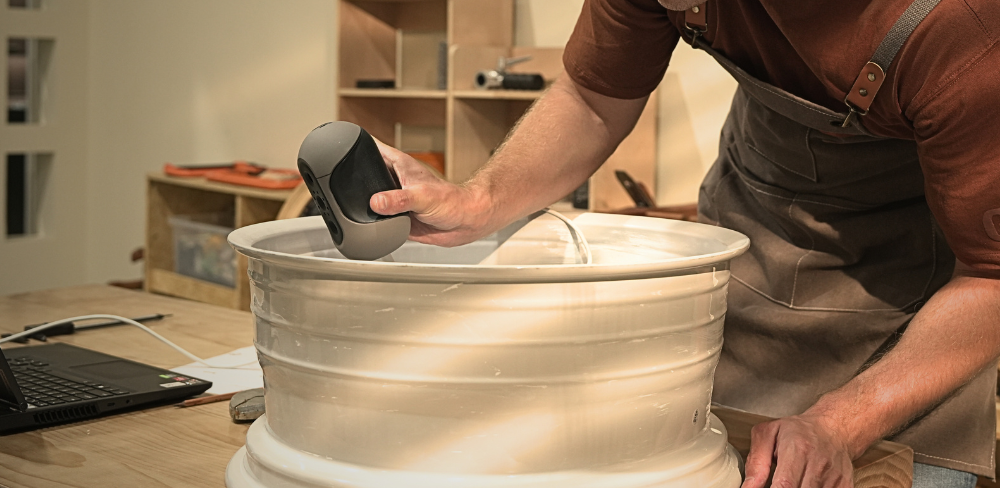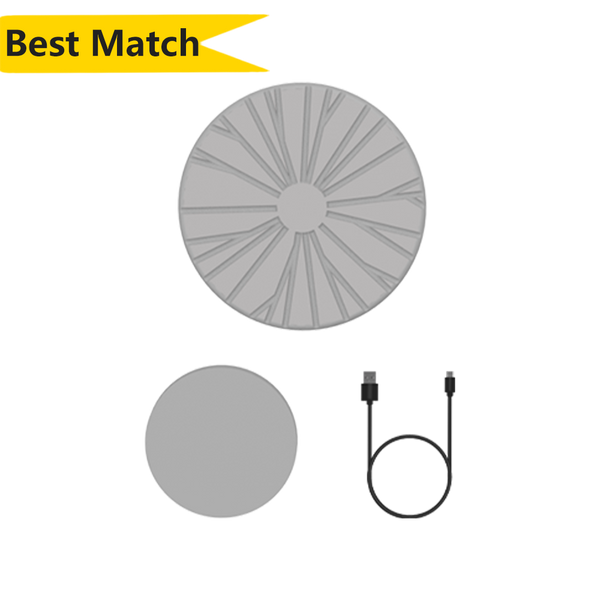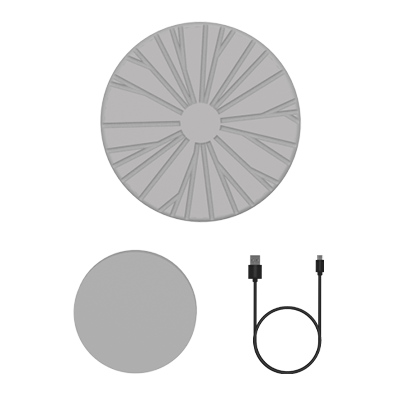3D scanning and printing have revolutionized the manufacturing industry, offering innovative solutions for prototyping and production. One exciting application is the creation of matrix molds using advanced 3D scanning technology. Let’s explore how you can utilize the Mole 3D scanner to scan an object and 3D print a matrix mold for replication.
What is a Matrix Mold?
A matrix mold, also known as a cavity mold or injection mold, is a type of mold used in manufacturing processes to produce multiple identical parts. It consists of a negative impression of the desired object, allowing for the efficient replication of intricate shapes and designs. With the help of 3D scanners for 3D printer technologies, creating a matrix mold has become more accessible and cost-effective.
Step 1: Scanning the Object with 3DMakerpro Mole 3D Scanner
To begin the process, you will need the 3DMakerpro Mole 3D scanner and its dedicated mobile app. The Mole scanner offers high precision and accuracy, making it ideal for capturing fine details required for matrix molds. Follow these steps:
- Set up the Mole scanner and connect it to your mobile device using the 3DMakerpro Connect accessory.
- Launch the dedicated mobile app and select the appropriate scanning mode.
- Position the object within the scanning range of the Mole scanner.
- Slowly move the scanner around the object, ensuring that you capture all angles and surfaces. Apply scanning spray if necessary.
- The app will display a real-time preview of the scanned object, allowing you to ensure complete coverage.
- Once the scanning process is complete, save the scanned data in a compatible file format such as OBJ or STL.
Step 2: Preparing the Scanned Data
After scanning the object, you will need to process the scanned data to create a printable matrix mold. Follow these steps:
- Transfer the scanned data from your mobile device to a computer. The 3D scanner software is compatible with Mac, Windows, iOS, and Android.
- Open the scanned data in 3D modeling software compatible with your 3D printer.
- Clean up the scanned data by removing any unwanted artifacts or imperfections using the software's editing tools.
- Ensure that the scanned data is watertight and suitable for 3D printing by repairing any mesh errors or gaps.
- Orient the scanned data in a way that is suitable for printing a mold, considering factors such as parting lines and mold release.
Step 3: 3D Printing the Matrix Mold
Once you have prepared the scanned data, it's time to 3D print the matrix mold. Follow these steps:
- Import the modified scanned data into slicing software specific to your 3D printer.
- Configure the print settings, including layer height, infill density, and support structures.
- Generate the G-code file needed for the 3D printer based on your desired print settings.
- Load the G-code file onto your 3D printer and ensure that the printer is properly calibrated.
- Start the 3D printing process and monitor the progress to ensure successful printing.
- Once the matrix mold is fully printed, allow it to cool and remove any support structures if necessary.
Step 4: Using the Matrix Mold for Replication
With the 3D-printed matrix mold in hand, you can now use it for replication. Follow these steps:
- Prepare the material, polyfoam, or resin suitable for your intended replication process.
- Carefully pour or inject the material into the matrix mold, ensuring that it fills all cavities evenly.
- Allow the material to cure or solidify according to the recommended time for your chosen material.
- Once cured, carefully separate the replicated parts from the matrix mold.
- Clean and finish the replicated parts as needed, ensuring they meet your desired specifications.
Conclusion
By utilizing the advanced capabilities of the 3DMakerpro Mole 3D scanner, along with 3D printing technology, creating a matrix mold has become more accessible and efficient. With precise scanning and high-quality 3D printing, you can replicate complex objects and designs with ease. Whether you're a hobbyist or a professional in the manufacturing industry, incorporating 3D scanning and printing into your workflow can open up a world of possibilities for creating matrix molds and beyond.














